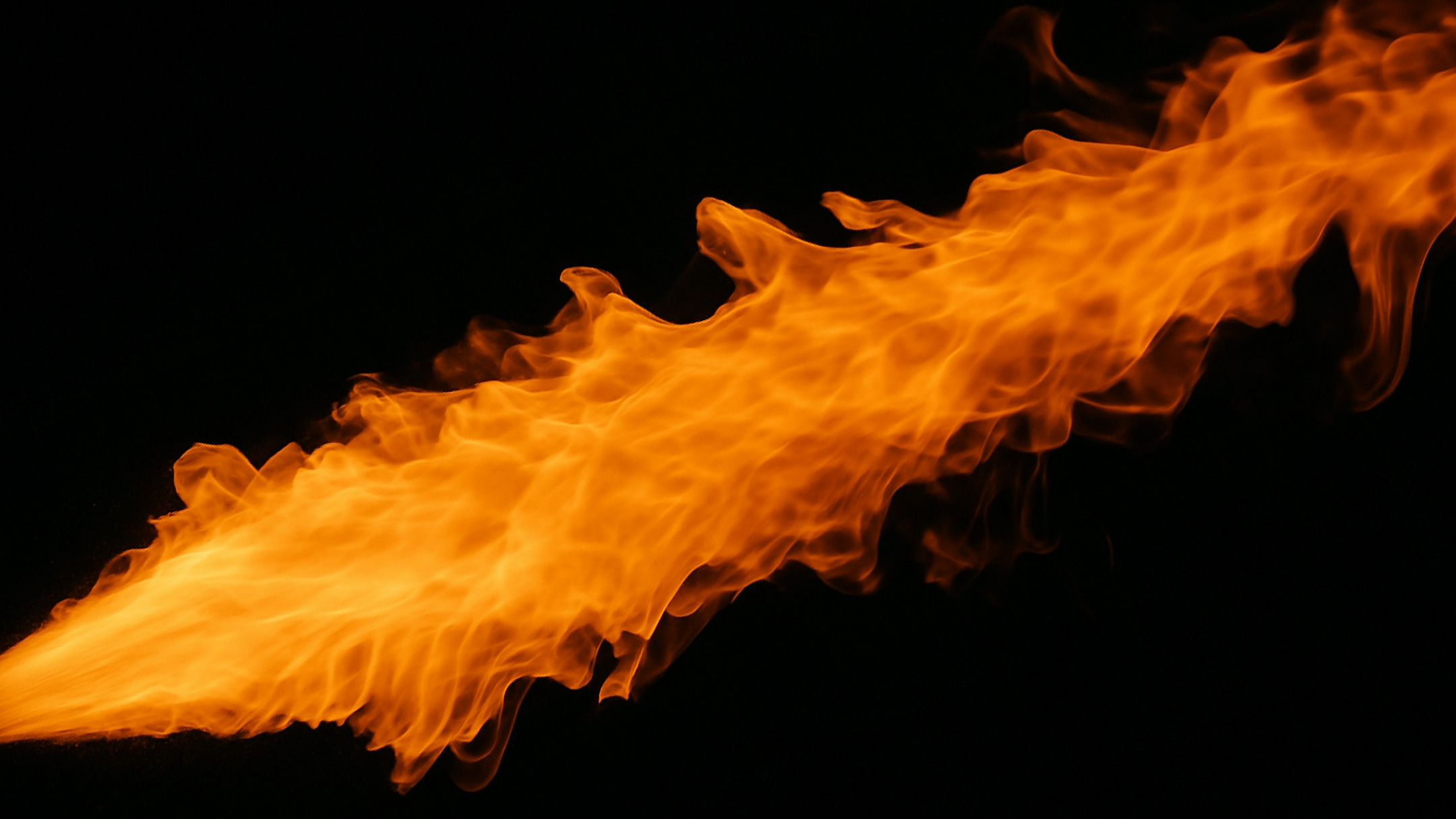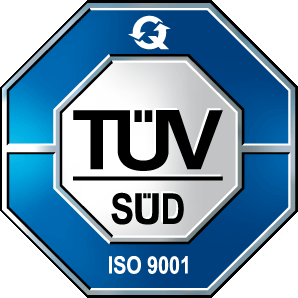
stay up to date
Subscribe to the Ignite Magazine Newsletter
Aviation, Circular Economy, Halogen-free, Light Weight Materials, Novel Polymers
Pioneering Fire Safety in Aviation’s Greener Era
The sky’s the limit no more when we talk about the future of aviation. As the industry propels toward a sustainable horizon, it’s not merely about slashing emissions—the materials that take to the skies are undergoing a fundamental rethink. Today’s suppliers face a monumental task: innovate responsibly to ensure new materials for tomorrow’s aircraft meet the rigorous safety standards for air travel.
The Demand for Sustainable Innovation
The aviation sector is at a critical juncture. Traditional materials and methods are becoming obsolete as the industry seeks to drastically reduce its carbon footprint. Innovations like Sustainable Aviation Fuels (SAF), electric propulsion systems, and hydrogen fuel cells herald a new flying age. Yet, they bring new challenges, particularly in fire safety, where compromise isn’t an option.
Material Innovations and Flame Retardancy Challenges
Incorporating novel materials, such as light-weight polymers into aircraft manufacturing involves complex data collection, testing, and validation, invariably inflating costs and elongating development timelines. The absence of extensive data on flame retardancy, durability, and environmental compatibility often slows the adoption of these pioneering materials. This gap is precisely where suppliers need the collaborative support of flame retardant specialists like GULEC to expedite testing phases and align materials with stringent aviation safety standards without sacrificing sustainability.
Tailoring Flame Retardants for Aviation
Every aircraft component, from structural parts to passenger cabin materials, demands specific flame retardant solutions. Customizing these solutions ensures they provide optimal safety and align with environmental objectives. For example, the flame retardant used in seat upholstery should not release toxic gasses in the event of fire, safeguarding passenger safety. Tailoring flame retardants to meet these specific needs without compromising sustainability is pivotal for the next era of eco-friendly aviation.
Overcoming Compliance Challenges
Navigating the complex landscape of testing and certification is critical. Flame retardants and new materials in aviation must undergo rigorous assessments to meet standards set by authorities like the FAA and EASA. These processes can be lengthy and costly, requiring an intricate understanding of each regulation. Collaboration with knowledgeable flame retardant suppliers can streamline these procedures, ensuring materials meet safety and sustainability benchmarks effectively.
Fire Standards and Their Challenges:
- FAR 25.853: Stringent tests for flame resistance in aircraft materials, ensuring that every component contributes to minimizing the overall fire risk in the cabin.
- EASA CS-25: Similar to FAR 25.853, these standards focus on the flammability of cabin interiors, pushing manufacturers to adopt the safest possible materials and treatments.
- ISO 2685: This standard deals with the resistance of aircraft engine materials to heat and fire, reflecting the critical nature of engine safety in overall aircraft operations.
- JAR-25: Provides comprehensive guidelines similar to FAR 25.853 and EASA CS-25, focusing on European compliance for aircraft material flammability.
- AS/NZS 1530: Includes flame and heat propagation tests in materials, ensuring that new materials can withstand extreme scenarios without exacerbating fire risks.
- GB/T 32364: A Chinese standard that dictates stringent requirements for the flammability of aircraft materials, focusing on both the materials’ burning characteristics and their smoke production.
- RTCA DO-160: Outlines electrical and electronic aircraft equipment standards, ensuring that these components do not pose additional fire risks under operational stresses.
Sustainable Raw Material Sourcing: Setting the Stage
Sustainability begins with raw materials. Upstream suppliers play a vital role by sourcing environmentally and circular economy-friendly recyclable materials. Ensuring these materials are compatible with non-toxic, halogen-free flame retardants is crucial, aligning the entire supply chain with the aviation industry’s green objectives.
Enhancing Production Processes
Optimizing manufacturing processes to reduce the carbon footprint is integral to the industry’s sustainability efforts. Employing efficient, eco-friendly flame retardants can decrease waste and emissions, bolstering global standards for sustainable manufacturing.
Collaborative Efforts Across the Supply Chain
True sustainability in aviation requires a concerted effort across the supply chain. From upstream suppliers to OEMs, all parties must collaborate to ensure that materials, flame retardants, and components meet safety standards and environmental benchmarks. This cohesive strategy reduces ecological impacts and upholds the stringent safety standards crucial to aviation.
Expert Support During R&D
Developing new materials underscores the need for meticulous analysis and expert guidance. Upstream suppliers offer invaluable expertise in material behavior and flame retardant compatibility, speeding the development of innovative solutions. By working closely with OEMs and component suppliers, they ensure that each material adheres to necessary safety requirements, helping to streamline the journey from concept to certification.
GULEC’s Role in Advancing Aviation Safety
At GULEC, we recognize the hurdles associated with material innovation in the aviation industry. We specialize in developing advanced, halogen-free flame retardants that not only comply with current standards but anticipate future regulations. Our expertise is particularly crucial for suppliers navigating the complex landscape of sustainable aviation materials.
A Bright Future in the Skies
As we look toward a sustainable, advanced future, GULEC stands ready to support suppliers in navigating the complexities of safe, compliant, and green material development. Partnering with us means securing a trusted ally in flame retardancy, equipped to help you meet today’s challenges and capitalize on tomorrow’s opportunities.
For those poised to redefine aviation materials, GULEC offers the expertise, innovative products, and strategic partnerships essential for success. Embrace this transformative era with the confidence that you have the robust support necessary to thrive.
MORE FROM IGNITE MAGAZINE
Coming Soon: GERPHOS® 430 NEO — A TPP-Free, REACH-Compliant Flame Retardant Alternative for PVC Applications
Looking for a TPP-free flame retardant alternative? GERPHOS® 430 NEO is GULEC’s upcoming drop-in solution for flexible PVC applications. With typical TPP content below 0.1%, it meets REACH compliance while maintaining proven performance. Launching January 2026, with samples available from September 2025.

First returned rock samples shine a light on the Moon’s ‘dark side’
Soil samples from the far side of the Moon provide clues about the origin of lunar asymmetry and the effects of ‘mega-basin’ impacts on the evolution of rocky planets
Calander, Coating, Hydrolysis Reistance, Waterproof

Plant-Based Leather Alternatives: Pioneering Sustainability with Advanced Flame Retardants
What if the future of fashion and upholstery is growing in a field, not a factory? How are plant-based leathers and advanced flame retardants redefining sustainability and style? Discover the innovative materials paving the way for a greener tomorrow.
Eco-Friendly materials, Innovation, Plant-based, Sustainability, Vegan Leather





